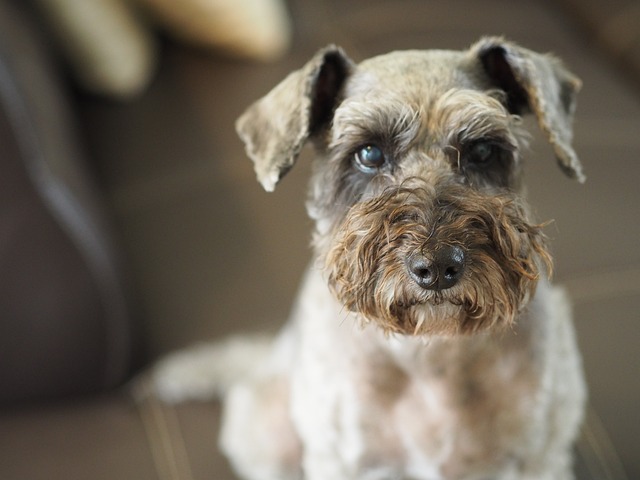
How do i train my dog to be obedient?
Watching your dog dart across the park ignoring your calls isn’t just frustrating—it can put them at risk near busy streets or public spaces.
Schnauzers, with their sharp minds and stubborn streaks, have a reputation that splits dog owners—some swear they’re a breeze to train, others call it a months-long battle. The truth lies somewhere in between, tied closely to their unique personality and how you approach the process.
These dogs thrive on routine, which works in your favor during potty training. Start taking them out at the same times daily—first thing in the morning, after meals, and before bed—and they’ll quickly catch on. But skip a session, and their independent side might show: a puddle by the couch could be their not-so-subtle way of saying, “You messed up the schedule.” Owners in busy cities like Chicago or Boston often find success with crate training, using a space just big enough for the pup to lie down—they won’t soil their den, encouraging them to hold it until you’re free to take them out.
 Consistency is key, but so is patience. Schnauzers are smart, but they hate feeling rushed. Yelling after an accident? That’ll only make them hide their mistakes, making training harder. Instead, reward successes with tiny treats or extra playtime—positive reinforcement clicks with their desire to please. A friend in Seattle once told me her Standard Schnauzer took 12 weeks to master potty training, while her neighbor’s Mini picked it up in 6. Age and energy levels play a role too; puppies under 4 months can’t hold it long, so more frequent trips are a must.
Consistency is key, but so is patience. Schnauzers are smart, but they hate feeling rushed. Yelling after an accident? That’ll only make them hide their mistakes, making training harder. Instead, reward successes with tiny treats or extra playtime—positive reinforcement clicks with their desire to please. A friend in Seattle once told me her Standard Schnauzer took 12 weeks to master potty training, while her neighbor’s Mini picked it up in 6. Age and energy levels play a role too; puppies under 4 months can’t hold it long, so more frequent trips are a must.
Local laws add another layer to consider. In places like Denver or Portland, leaving dog waste uncollected can net you fines, so training your Schnauzer to go in designated areas (like your yard or community dog runs) isn’t just polite—it’s the law. Some apartment complexes in Miami even require proof of basic training, including potty habits, before allowing pets. Falling behind could mean violating your lease, so starting early pays off.
Housetraining hiccups happen, especially with Schnauzers. If they suddenly start having accidents, rule out health issues first—UTIs are common in the breed and can make control tough. Once cleared by the vet, revisit your routine. Maybe their walks are too short, or they need a later trip out after evening play. Adjusting to their rhythm, not yours, makes all the difference.
By the end, most Schnauzers become reliable—their intelligence ensures that. It might take longer than with a Golden Retriever, but the payoff is a dog that knows exactly where to go, even on busy city streets. Stick with the routine, stay positive, and your Schnauzer will get there—proving that their stubbornness is just part of what makes them great.

Watching your dog dart across the park ignoring your calls isn’t just frustrating—it can put them at risk near busy streets or public spaces.

New puppy owners often find themselves rushing to clean up accidents before they set in, and that’s where puppy pad training becomes a game-changer.

If you've noticed your dog's waistline disappearing and your veterinarian has mentioned those few extra pounds, your first instinct might be to simply reduce the amount of food in their bowl.

Training a dog to use a designated spot indoors isn’t as daunting as many new owners fear, but it does take consistency and an understanding of your pet’s needs.

That moment of dread on a walk is all too familiar for many new dog owners. You see another dog approaching down the sidewalk of your neighborhood

If the sight of another dog on your neighborhood walk makes your heart sink as your own dog erupts into a frenzy of barking and lunging, you're not alone.